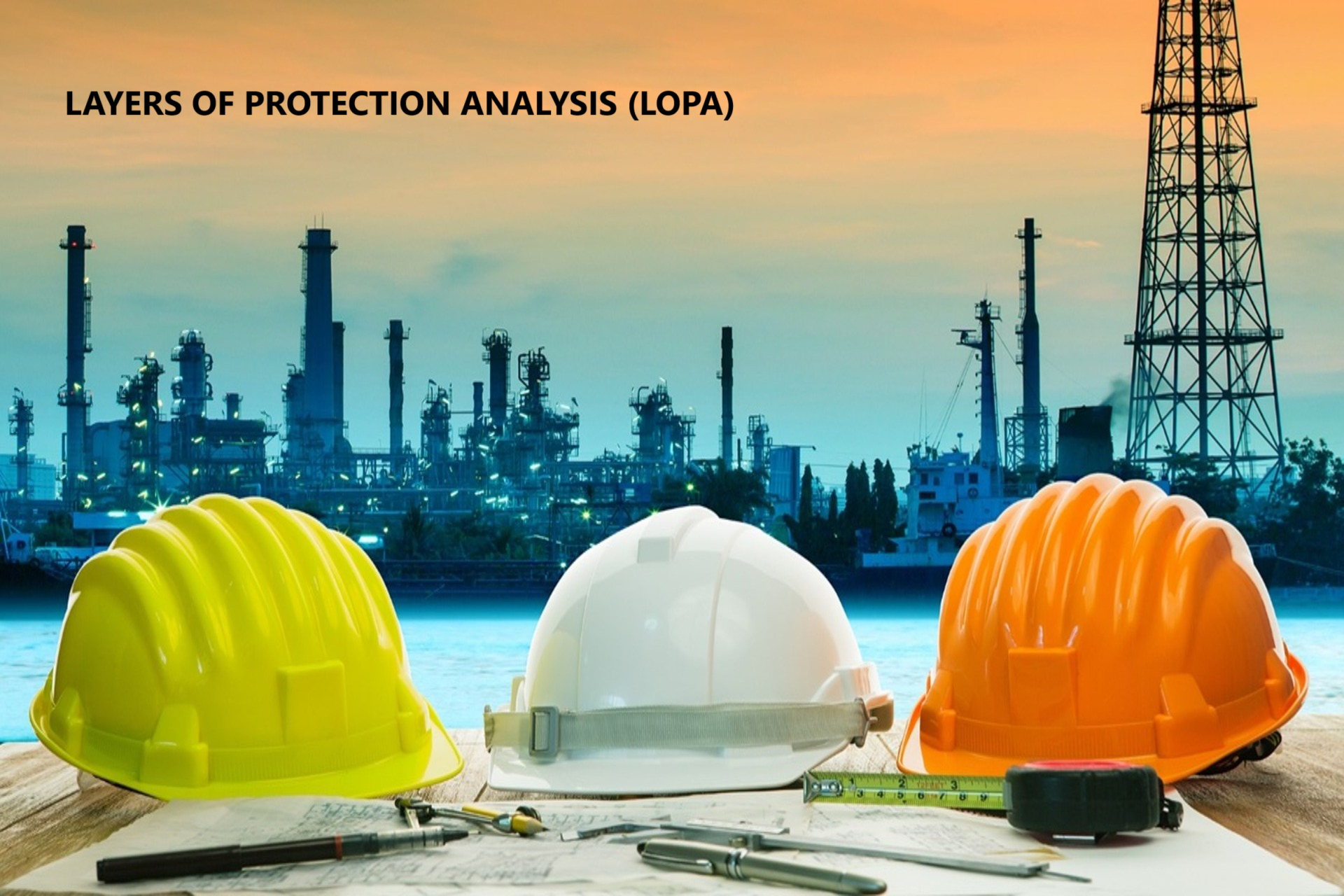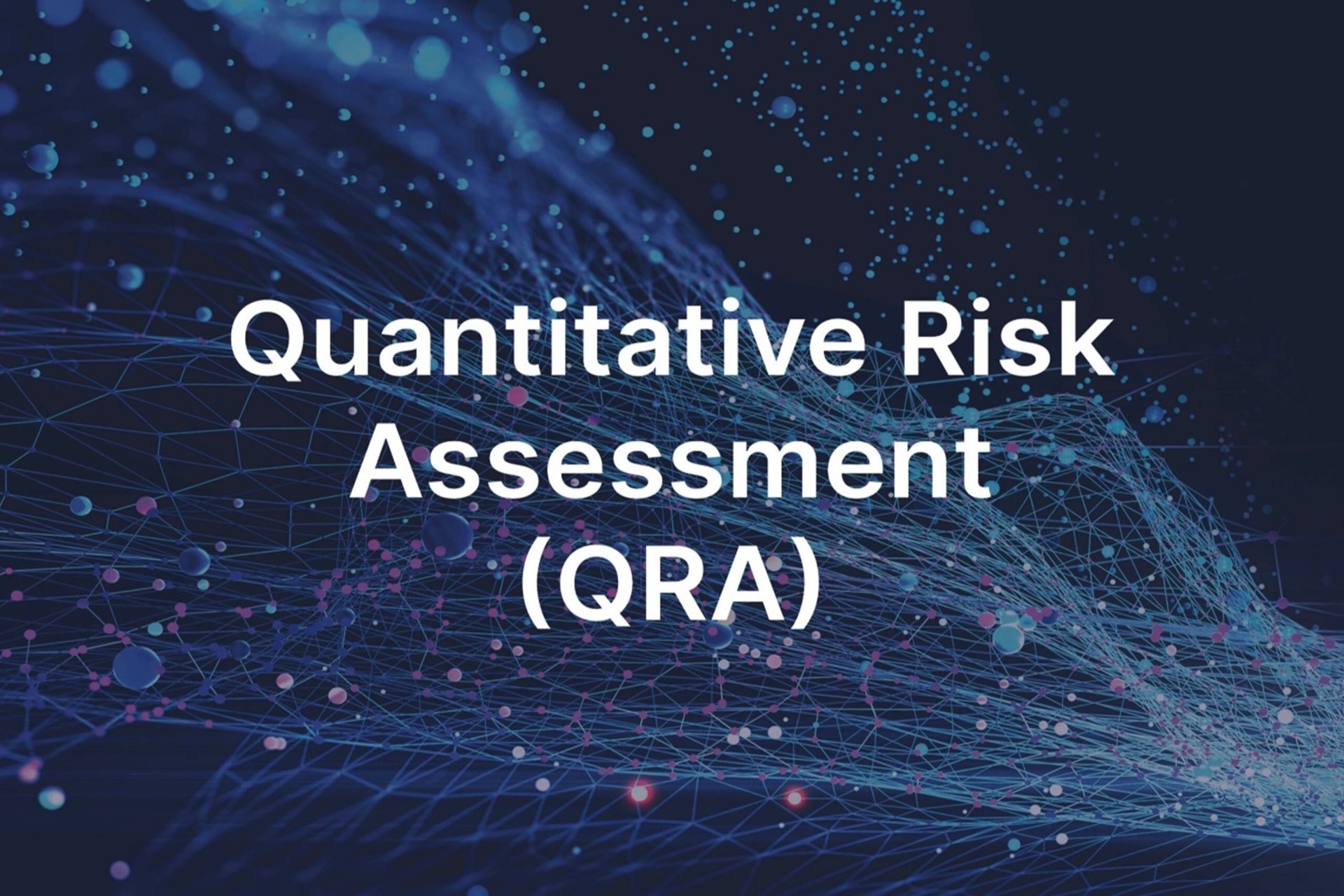
FAQ- FIRE LOAD CALCULATION
Fire load calculation is a critical element in fire safety and risk assessment for buildings and industrial facilities. It measures the total amount of combustible materials within a space, helping to determine the potential severity of a fire. For tanks, fire load calculations assess the fire hazard posed by their contents. These calculations are essential for designing fire suppression systems, evacuation plans, and structural fire protection. They also enhance life safety by evaluating the potential impact of a fire on occupants, factoring in fire growth rates and toxic gas production during combustion.

METHODOLOGY FOR FIRE WATER SYSTEM ADEQUACY STUDY (FWSAS)
The primary objective of a Fire Water System Adequacy Study (FWSAS) is to evaluate the effectiveness, reliability, and sufficiency of a facility’s fire water system. This includes ensuring the system can deliver adequate fire protection in compliance with safety standards, while identifying areas for improvement. The study focuses on assessing whether the system: Provides sufficient water supply and pressure to combat fires, Is reliable, with backup systems in place, Meets local and international fire safety regulations, And highlights deficiencies for potential upgrades or maintenance.

FAQ- FIRE SAFETY RISK ASSESSMENT (FSRA)
The objective of a Fire Safety Risk Assessment is to systematically identify potential fire hazards, assess the associated risks, and implement measures to reduce the likelihood of fires. This process aims to minimize the impact on people, property, and the environment.

FAQ- LOPA STUDY
Layer of Protection Analysis (LOPA) is a structured methodology used in chemical industries to evaluate and quantify the risks associated with process hazards. It determines the effectiveness of existing protective layers against potential accidents and identifies safety gaps. LOPA simplifies risk assessment by using order of magnitude estimates for event frequency, consequence severity, and failure likelihood of independent protection layers (IPLs). Building on qualitative hazard evaluations like Process Hazard Analysis (PHA), LOPA identifies and quantifies mitigation measures, ensuring that protective layers are independent and effective.

FAQ- QUANTITATIVE RISK ASSESSMENT (QRA)
QRA is a systematic technique used to calculate risks from hazardous events. It predicts the consequences of a hazard and the expected frequency of its occurrence. These factors are combined to obtain numerical risk values, often focusing on the risk of fatality. QRA assesses all identified hazardous events, often grouping similar events as representative or bounding scenarios to quantify overall risk levels.

FAQ- VENT DISPERSION ANALYSIS
Exactly! A Vent Dispersion Analysis Study is crucial for understanding the behavior of airborne emissions from industrial sources and their effects on the environment and public health. Key components of such a study include: Emission Characteristics: Understanding the physical and chemical properties of the released gases or particulates, such as density, toxicity, temperature, and concentration levels. Meteorological Conditions: Factors such as wind speed and direction, atmospheric stability, temperature gradients, and humidity all influence how pollutants disperse in the atmosphere. Topographical Features: Surrounding landforms like hills, valleys, or buildings can affect how emissions spread or become concentrated in certain areas. Modeling and Simulation: Sophisticated software tools are often used to model the dispersion patterns under different scenarios, helping to predict worst-case conditions and average dispersal trends. Health and Environmental Impact Assessment: The study evaluates the potential exposure levels for human populations and ecosystems, helping to define safe zones and mitigation strategies. Regulatory Compliance: Vent dispersion analyses help industries meet local and international air quality standards and emission limits, such as those set by the EPA or other environmental agencies. This analysis plays a key role in industrial planning, safety measures, and environmental protection efforts.




